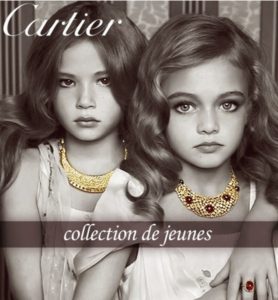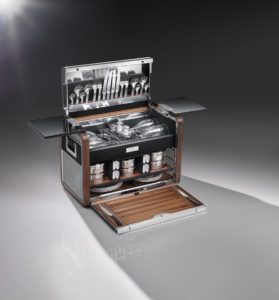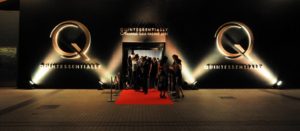As Asian economies like China and Singapore slow down and their luxury industry takes a hit due to anti-corruption drives, the younger, aspirational online shopper and tourists come to the luxury industry rescue.
Cartier
Image Courtesy- Cartier
For luxury brands facing a downturn in the western world, Asia has been a bright spot over the past five years. This is the continent in which they have seen the best of times, and now, also the worst.
An economic slowdown—which the world just cannot seem to shrug off—and a crackdown on bureaucracy accepting luxury gifts in China, where, unfortunately, luxury had come to be associated with corruption, have affected the growth prospects for global luxury brands. Consultancy Bain & Co has estimated that growth in personal luxury sales in Greater China fell from 30 percent in 2011 to 2 percent in 2016. In Japan, consumer sales have been slipping since the time the central bank has introduced negative interest rates to stimulate growth. Even economies like Singapore are flat.
However, luxury has proven to be more resilient than previously thought. The Chinese increasingly international Chinese consumer now chooses to shop in Europe, buoying the luxury industry in the continent. Even within China, luxury brands are consolidating by closing down some stores and focusing on just a few chosen locations. Evolving with new-age consumers, brands are increasingly coming up with exclusive lines with less visible labeling, because that’s what consumers demand today, says a PwC retail report. Many luxury brands like Boucheron, Hugo Boss and Vacheron Constantin have begun engaging customers by hosting high-end, niche events, like Cartier flying down patrons to their studios to participate in the watch-making process, or a Boucheron dinner where attendees were invited to wear any jewelry they like through the dinner.
Boucheron Dinner
Brands are also coming up with newer collections to appeal to changing consumer profiles, which Paul Harris, Asia-Pacific regional director of Rolls-Royce Motor Cars, says is getting younger. Rolls Royce has introduced a new range of accessories, like the Cocktail Hamper that fits into car boots. Bespoke plays a very important role in attracting the younger game-changers, with many brands like Tiffany customizing their products to include several personal touches, like the name of the consumer at the back of a ring, or even made-to-order jewelry. Hermès-backed Chinese luxury brand Shang Xia has helped up the market for luxury by emphasizing traditional crafts and heritage.
Rolls Royce Champagne Hamper
Appealing to the Global Traveler
International tourism is shaping luxury experiences, says a new report by Bain & Co., which means in the future the growth in the luxury industry will be skewed in large part by touristic spending, which remains the biggest contributor everywhere.
“With such cross-pollination of luxury spending, it no longer makes sense to think only in terms of geographies”, said Claudia D’Arpizio, a Bain & Company partner and lead author of the study. “The focus is shifting to consumers, with local trends and tastes representing only part of the picture. This new mindset has important implications for luxury brands. It requires that they think about their product offering from a more global perspective, with the concept of seasons, a key pillar of this industry, becoming increasingly obsolete.”
This patchwork pattern of global consumers will benefit the luxury industry in Europe, where lavish flagship brand stores are as much a tourist attraction as museums and monuments.
Luxury Travel
The Emergence of Digital Consumer
Most brands are leveraging the digital medium to reach out to younger consumers. Last year, Richemont, which owns brands like Cartier and Van Cleef & Arpels, shook hands with Yoox Group to set up an online luxury fashion retailer, called Yoox Net-a-Porter. Forecast by analysts reveal that the traditional luxury goods market will grow by a mere 5 percent for the next five years, compared to historic growth of 6 percent over the past 17 years. Almost 62 percent of luxury sales were impacted by digital, while pure in-store sales are decreasing. “Online fashion and luxury is becoming more and more relevant especially at a time when luxury goods companies are realizing increasing the number of stores is not really an option anymore,” said Luca Solca, an analyst at Exane BNP Paribas.
Luxury events
British brand Burberry, whose bottom-line has been under stress for a while, is adopting their collections to the digital age–everything on its catwalks is available to buy online immediately after the show.
The next fight for market share will be fought, not in high-profile shopping districts, but online. “The bottom line is that e-commerce is becoming too big to ignore even for luxury brands”, says Sarah Willersdorf, a luxury expert from the Boston Consulting Group’s Consumer Practice.







